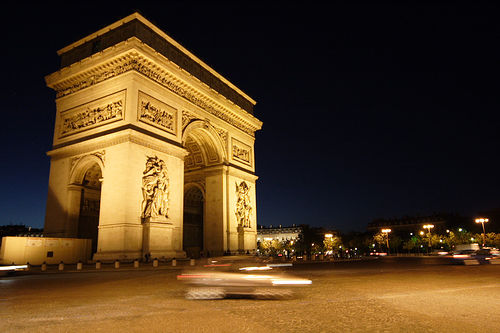The main reason for varying the shutter speed is to freeze or blur motion. If something is moving quikly and you want to make it sharp you will need a faster shutter speed. If you want to blur some motion, you will need to use a slower shutter speed. You need to be careful, though, because if you choose a shutter speed that's too slow you won't be able to hold the camera still enough and your whole picture will be blurred.
Shutter speed is usually measured in fractions of a second - e.g. 1/30 - but for night-time shots and special effects you might need to go into whole seconds.
As a rough rule of thumb, you will find it difficult to hold the camera still enough if the shutter speed is less than the focal length of the lens. For example, if you are using a 50mm lens, you should generally choose a shutter speed of 1/50s or faster. If you need a slower shutter speed, you can always use a tripod to hold the camera still.
Running water is a particularly tricky thing to photograph - do you make it blurred so that it looks like it's flowing, or do you use a fast shutter speed to freeze it and make it look like motionless glass? Have a look at the example below to see the effect of changing the shutter speed on a picture of a fountain. Click the speeds below the picture to change the picture (unfortunately the pictures aren't all framed in exactly the same way - I didn't have a tripod with me, and the fountain is in Valencia so I can't pop back!).
Sometimes you might want to blur motion for artistic effect, for example so that traffic leaves a trail of light at night, or fireworks leave a trail in the sky, or so it's obvious that the object is moving and to give it a sense of speed.
If objects are very blurred they also start to become translucent and less distracting. In the picture below I think a sharp, motionless car would detract more from the rest of the picture. The shutter speed is 1/6s - I would have gone slower still, but I didn't have a tripod with me and had to rely on leaning on a lamp-post to keep the camera still.
